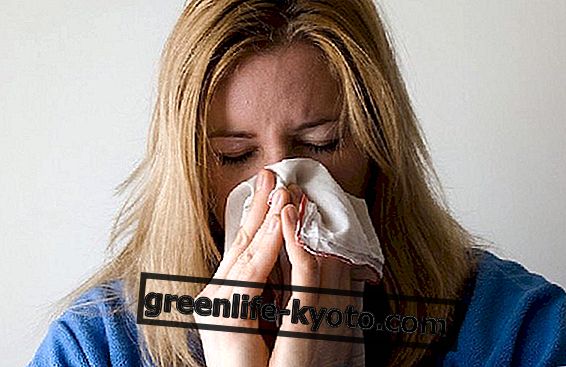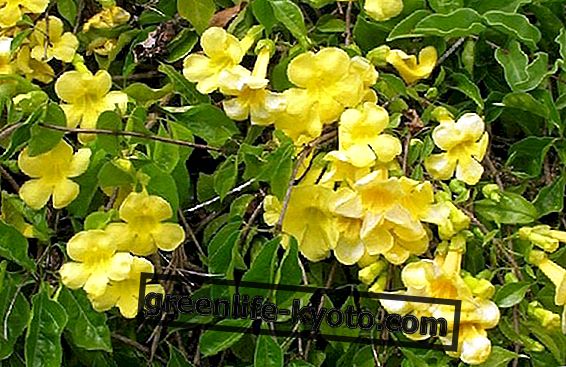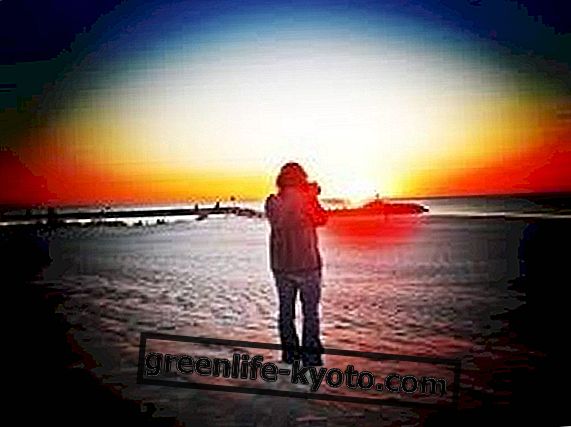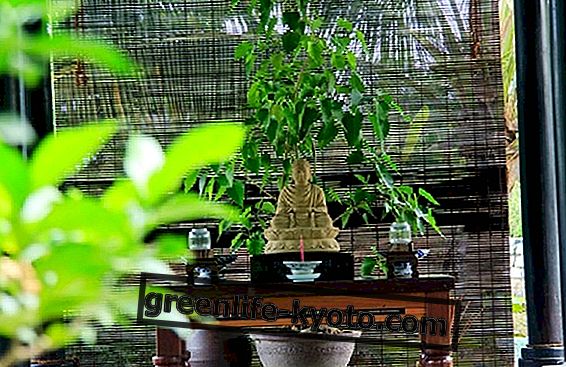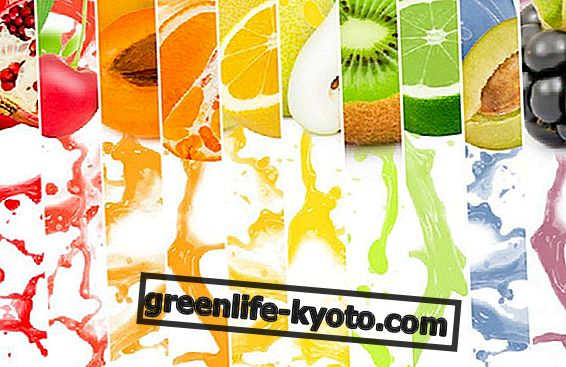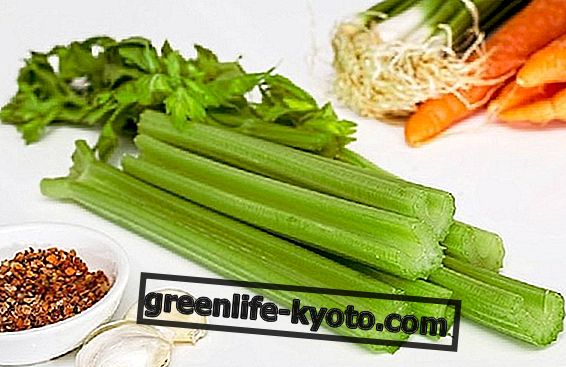In order to know what a cosmetic product contains, we must be able to decipher the product label, called INCI ( International Nomenclature of Cosmetic Ingredients ). Let's find out how to read the INCI and what are the most common ingredients.

What is INCI?
The INCI is nothing but the list of all the ingredients inserted in the cosmetic indicated with their name in English or Latin in the case of plant extracts. The producers are not obliged to specify the quantities of each ingredient but we know that the list of ingredients is in descending order, therefore in the first place we will find the ingredient used to a greater extent and gradually the others to a lesser extent, up to the last, which will be included in the recipe in very small percentages.
It follows that in the product we are buying we find a potentially harmful ingredient in the top or bottom of the list, the evaluation of INCI changes radically because the amount of ingredient used makes the difference.
Generally the main component of a cosmetic is water, followed by humectants, stabilizers, emulsifiers, emollients, active ingredients, perfumes and preservatives.
The ingredients of cosmetics are many and it is almost impossible to list them all. Below is a list of the most discussed and most used ingredients .
How to choose natural and organic cosmetics
Surfactants
Surfactants have a double chemical structure: on the one hand they are similar to water and able to bind with it, on the other they are similar to fat. Thanks to this ability they have the function of washing away dirt (grease) and for this they are used in all detergent products, such as shampoo, shower gel, intimate detergent, liquid soap.
The most discussed surfactants among those most used are Sodium Lauryl Sulfate or SLS and Sodium Laureth Sulfate or SLES, since their detergent action is often too drastic and during washing they can remove the hydro-lipid acid film of the skin, increasing its permeability and allowing other substances to penetrate.
It must be said that the aggressiveness of these surfactants is balanced by other surfactants inserted into the cosmetic formulation.
There are also less aggressive surfactants permitted in eco-organic cosmetics, including Lauryl glucoside, Coco glucoside and Glyceryl oleate and Sodium lauroyl sarcosinate .
Paraffin, Vaseline and Silicones
Paraffin and Vaseline are indicated on the label as Paraffin, Paraffinum Liquidum, Petrolatum, Mineral Oil, and are used in the fat phase of a cream for their filming function; however, it seems that their anti-dehydrating action prevents transpiration of the skin, occluding the pores.
This hinders the physiological expulsion of toxins and, used daily, these ingredients can cause irritation or allergic reactions. Furthermore, slowing down the functions of normal cell development gives rise to premature skin aging.
Silicones are recognized in the label of a cosmetic due to their ending in -one, -thicone -siloxane . They are artificial molecules, non-biodegradable and that require polluting production processes.
Although the cosmetic literature maintains that silicones are inert and as such harmless to skin and hair, these ingredients create an occlusive patina that hinders the normal physiological functions of the skin, a bit like paraffin and vaseline.
Carbomer
It is a gelling agent used in gels, creams-gels and light emulsions . It is not biodegradable in any way and can be replaced in eco-bio cosmetics by natural gelling agents, including xanthan gum, carrageenan rubber or agar-agar.
Propylene glycol
It is a petroleum derivative but has no biodegradability problems . In cosmetics it acts as a solvent / humectant and seems to be able to exert its solvent action even on the hydro lipidic acid film of the skin, causing irritation and sensitization even in low doses.
EDTA, PEG, PPG, DEA, MEA, TEA, MIPA
The various EDTAs (Disodium EDTA, Tetrasodium EDTA) are chelators that sequester and make the metals present in the cosmetic harmless. In this way, the preparation becomes more stable and long-lasting since EDTAs prevent the metals from oxidizing, making the product go rancid or binding with surfactants, making them less effective. They are not biodegradable.
If we find on the label the initials PEG and PPG, we know that these are an indication of the presence of oil molecules (emulsifiers, surfactants, humectants, solvents etc.) that decrease the skin's ability to absorb moisture and nutrients.
MEA (monoethanolamine), DEA (diethanolamine), TEA (triethanolamine), MIPA (monoisopropylamine) are part of the amine family.
In the presence of other ingredients (nitrites), amines can give rise to nitrosamines, allergenic and potentially carcinogenic compounds.
The Parabens
Parabens are substances used as preservatives that are recognized in the label of a cosmetic for the ending in -paraben.
Some recent research has raised doubts that they can interfere with the endocrine system. A cosmetic product that contains water must also contain a preservative, which is often synthetic, to ensure that the product is not attacked by mold and bacteria, which are often more dangerous than the preservative itself.
The preservative is in the last place of the INCI of a cosmetic, therefore it is used at very low percentages (generally less than 1%) and there are preservatives allowed in eco-bio vegetable and synthetic cosmetics, such as the combined Potassium Sorbate and sodium benzoate widely used in natural products .
All these ingredients are allowed in cosmetic products in certain percentages and the controls on cosmetics on the market make every product safe for our health.
Furthermore it must be remembered that the goodness of a product does not depend only on the single ingredient but on the entire formulation of the cosmetic; the aggressive action of a component can in fact be mitigated by another ingredient, as happens for surfactants.
That said, we must consider that every day we use multiple cosmetics to cleanse, moisturize and heal our skin and hair and we are not able to evaluate the interactions of the ingredients of all the products that come into contact with our body, therefore the ideal would be to expose as little as possible to certain substances, also evaluating, finally, the environmental impact of the products we use, based on the biodegradability of the ingredients inserted.

